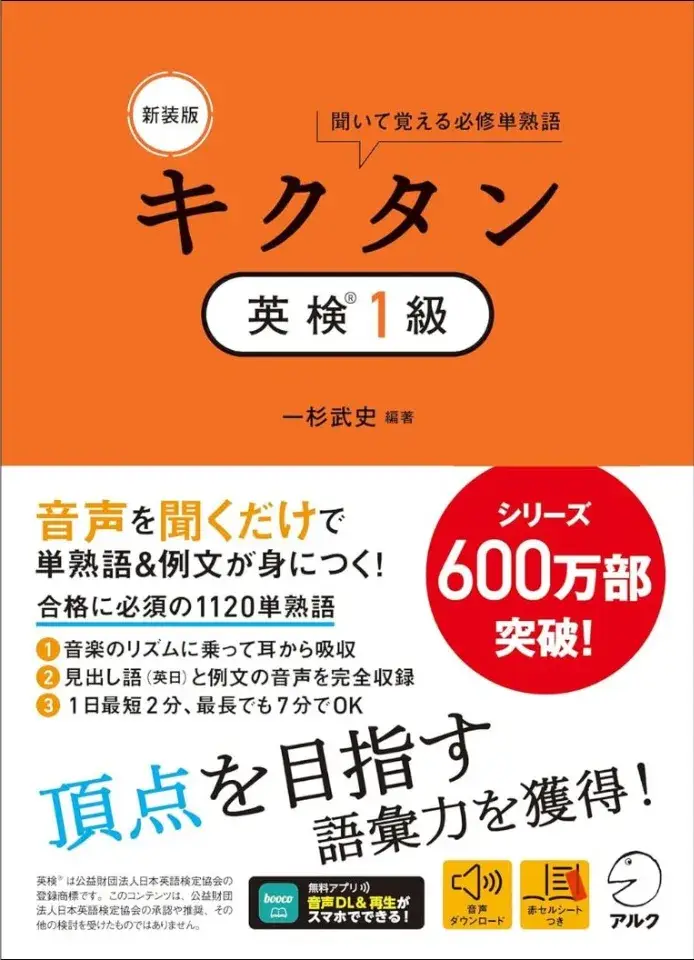
「鬼は外、福は内」と叫びながら豆まきをして邪気を追い払う「節分」。近年は決まった方角を向いて食べる「恵方巻」も節分の食べ物として定着しています。では、「鬼は外、福は内」や「恵方巻」は英語でなんと言うか知っていますか?
目次
突然ですが、英語で質問!
How do you say, “Oni wa soto, fuku wa uchi,” in English? Why do you roast and eat beans at setsubun?
「鬼は外、福は内」を英語で言うと?節分に豆をいって食べる意味とは?
これから紹介する節分に関する英文を読んで、上の質問に簡潔に答えてみましょう。答えの見本は記事の最後にあります。
冬の終わりを告げる節分の日
Setsubun marks the last day of winter*
寒さも本番ながら、暦の上ではそろそろ春を迎える節分です。豆を投げて家から災いを追い出して、豆を食べて1年の無病息災を願います。そういえば、なぜ豆をいって食べるんでしょうか?
Setsubun literally means “division of seasons.” It is used to mark the end of winter and summer, and is derived from the old lunar calendar.
節分とは、文字通り「季節の変わり目」を意味します。冬と夏の終わりを告げるもので、旧暦に由来しています。However, “setsubun” has now come to mean the day before the first day of spring only. It usually occurs around February 3rd.
しかし、現在では「節分」は立春の前日のみを指すようになりました。大抵2月3日ごろに行われます。On this day, in a custom called mame-maki, people throw and scatter roasted soy beans inside and outside their houses while saying, “Get goblins out of the house! Invite happiness into the home!”
この日、「豆まき」と呼ばれる風習があり、「鬼は外!福は内!」と言いながら、家の中や外にいった大豆を投げたりまいたりします。Some people believe that mame comes from the word mametsu which means drive away evil matter, in Kanji.
一説には、「豆」は悪魔を滅するという意味の「摩滅」という漢字が基になっているとされています。
豆を食べるのは、悪い芽を出させないため!
The reason why people eat the beans is to prevent evil from sprouting!
豆まきが終わったら年の数だけ豆を食べるのが風習ですが、それはなぜでしょう?豆をいって食べるのにもちゃんとした理由があります。
After throwing the beans, people customarily eat one roasted soy bean, mame, for each year of their age, and pray for happiness throughout the year.
豆まきが終わったら、それぞれが年の数だけいった大豆を食べて、その1年の幸運を祈るのが習わしとなっています。There is another reason why people roast and eat these beans; It is said that the bean contains the evil of the previous year, and so it is roasted to prevent evil from sprouting.
豆をいって食べる理由は他にもあります。豆には前年の邪気が含まれているため、それをいる(燃やす)ことで、その邪気が芽生えないようにするためだとか。People in some regions scatter peanuts and eat them, because peanuts are easier to clean and pick up. Some people eat rolled sushi, ehomaki, while facing the year's lucky direction.*
地域によっては、拾って掃除のしやすい落花生をまいて食べる所もあるようです。その年の縁起の良い方角(恵方)を向いて巻きずしの「恵方巻」を食べる人たちもいます。
有名な節分行事の例
多くの寺や神社で、節分イベントが開催されます。節分行事の例をご紹介します。
中尊寺(岩手県平泉町)
Sumo wrestlers are invited to drive the evil spirits away from people experiencing “ages of misfortune,” yakudoshi.
厄年を迎えた人たちの厄を落とすために、力士を招き、厄払いをする。
成田山新勝寺(千葉県成田市)
It is said that there are no goblins in front of the statue of Fudomyouou, a kind of messenger of Nyorai, so people only say “Come in good luck.” Usually sumo wrestlers and NHK TV drama actors and actresses appear on a stage here.
不動明王の像の前には鬼はいないとされるため、「福は内」しか叫ばれない。大抵は力士やNHK大河ドラマの役者たちが登場する。
浅草寺(東京都台東区)
It is said that there are no goblins around Asakusa-kannon, too, so here they also just say, “Come in good luck.” Usually a kind of Japanese comedian, rakugoka, and also Japanese folk singers appear on a stage here.
浅草観音の周りにも鬼はいないとされるため、ここでも「福は内」のみ。大抵、落語家や演歌歌手などが参加する。
冒頭の質問に答えてみよう
“Get goblins out of the house! Invite happiness into the home!”(One example)
「鬼は外!福は内!」(一例です)One reason for the roasting and throwing of beans at setsubun is to pray for happiness throughout the year. Another reason is so that the evil of the previous year is prevented from sprouting from the beans in the new year.
節分に豆をいって投げるのは、一年の幸福を祈るためです。前年の厄が新年に豆から芽生えないように、という理由もあります。
- 公開:2017年2月2日、更新:2023年1月16日、2025年1月30日
boocoで読める!アルクの新刊、続々登場
語学アプリ「booco」なら、アルクのベストセラー書籍200タイトル以上が、学習し放題!
「キクタン」などアルクの人気書籍800冊以上が音声対応。「読む」に対応した書籍では、本文と音声をスマホで手軽に利用できるほか、一部の書籍では、学習定着をサポートするクイズ機能で日々の復習や力試しも可能です。さらに、Plusプランに加入すれば200冊以上の書籍が学習し放題に!
boocoの「読む」機能では、次のような使い方ができます。
① 学習したいページを見ながら音声を再生できる
② 文字サイズや画面の明るさを調整できる
③ 書籍内検索ができる
※ これらの機能には一部の書籍が対応しています。

▼「booco」の無料ダウンロードはこちらから






